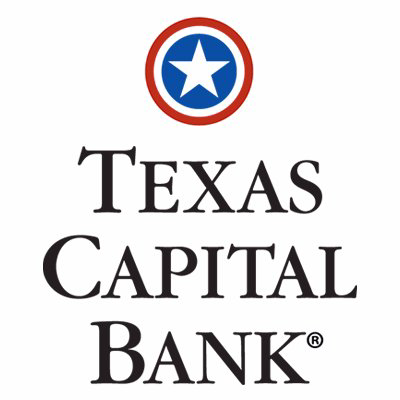This article first appeared on GuruFocus.
Revenue: Record revenue of $340 million, a 12% increase from the previous year.
Net Income: Record net income-to-common of $101 million, a 36% increase year-over-year.
Earnings Per Share (EPS): Record EPS of $2.18, a 37% increase compared to the previous year.
Pre-Provision Net Revenue: Record pre-provision net revenue of $150 million, a 30% increase year-over-year.
Tangible Book Value Per Share: Record tangible book value per share of $73.02.
Return on Average Assets: Achieved 1.3%, above the target of 1.1%.
Tangible Common Equity to Tangible Assets: 10.25%, an all-time high for the firm.
Net Interest Margin: Expanded 12 basis points to 3.47%.
Allowance for Credit Loss: $333 million, or 1.79% of loans held for investment (LHI), excluding Mortgage Finance.
Loan Growth: Commercial loan balances increased 3% or $317 million during the quarter.
Deposit Growth: Client-interest-bearing deposits up $3.3 billion or 22% year-over-year.
Provision Expense: $12 million for the quarter.
Capital Levels: CET1 ratio at 12.4%, a 69 basis points increase from the prior quarter.
Release Date: October 22, 2025
For the complete transcript of the earnings call, please refer to the full earnings call transcript.
Texas Capital Bancshares Inc (NASDAQ:TCBI) achieved a 1.3% return on average assets, surpassing the target of 1.1%, marking a significant milestone in their transformation plan.
The company reported record revenue of $340 million, record pre-provision net revenue of $150 million, and record net income-to-common of $101 million for the third quarter.
TCBI’s tangible common equity to tangible assets reached an all-time high of 10.25%, supported by a strong capital position and liquid assets of 24%.
The firm experienced a 91% increase in treasury product fees over the past four years, indicating strong growth in their Treasury Solutions platform.
Investment Banking contributed significantly to revenue growth, with a record quarter and expectations for continued strong performance in non-interest income.
Loan growth was lower than expected at the period end, despite an increase in commitments, indicating potential challenges in converting commitments to actual loans.
The company remains cautious about the uncertain economic environment, which could impact future financial performance.
Real estate loans were flat quarter over quarter, with expectations that payoffs will outpace originations, potentially leading to lower balances in the fourth quarter.
The Mortgage Finance self-funding ratio is expected to decline, which may impact liquidity and margin.
Despite improvements, the firm remains vigilant about credit risk, with a focus on proactively assessing potential macroeconomic impacts.
Story Continues
Q: Can you provide insights into the loan growth and commitments for the quarter? A: Matt Scurlock, CFO, explained that the firm saw strong client acquisition trends and increased C&I commitments by $576 million or 11% annualized. They arranged more syndicated bank debt than any other bank except J.P. Morgan, indicating robust growth across corporate, middle market, and business banking sectors.
Q: What are the expectations for Investment Banking and trading line items, and are there any anticipated headwinds? A: Matt Scurlock noted that Q3 fees were high, with a record Investment Banking quarter characterized by increased client interactions and repeatability of fees. They expect fourth-quarter non-interest income of $60 million to $65 million, with $35 million to $40 million from Investment Banking.
Q: How do you plan to manage Net Interest Income (NII) given the recent rate cuts? A: Matt Scurlock stated that they expect Q4 net interest income to be between $255 million and $260 million, with a net interest margin around 3.3%. The firm is focusing on competing in the deposit space based on value rather than price, with a cycle-to-date beta of 70%.
Q: Can you discuss the credit transformation since 2021? A: Rob Holmes, CEO, emphasized the focus on client selection as a key risk mitigant, resulting in a significant reduction in criticized loans. Matt Scurlock added that portfolio health and coverage metrics are as strong as they’ve been in over a decade, with no systemic issues observed.
Q: What is the strategy for capital deployment, and how does it relate to potential M&A activities? A: Rob Holmes explained that the firm follows a disciplined capital menu, prioritizing organic growth and platform investments. While M&A is considered, the focus remains on realizing revenue and cost synergies from the transformation. The firm is well-capitalized, which provides a competitive advantage.
For the complete transcript of the earnings call, please refer to the full earnings call transcript.

